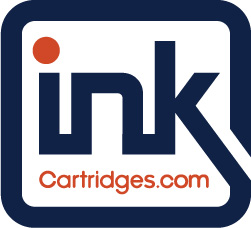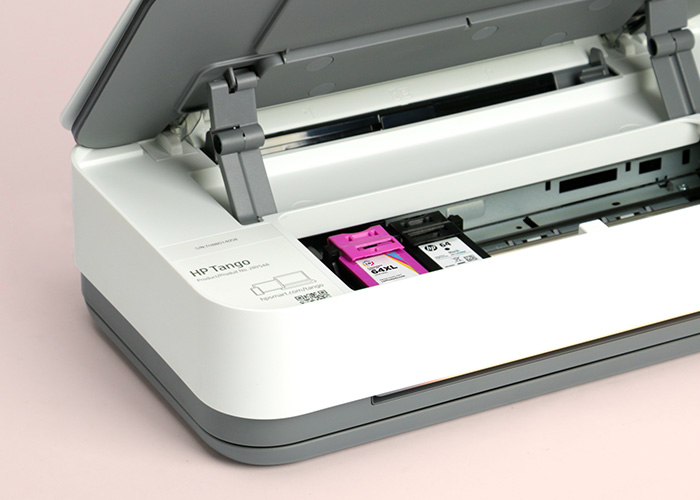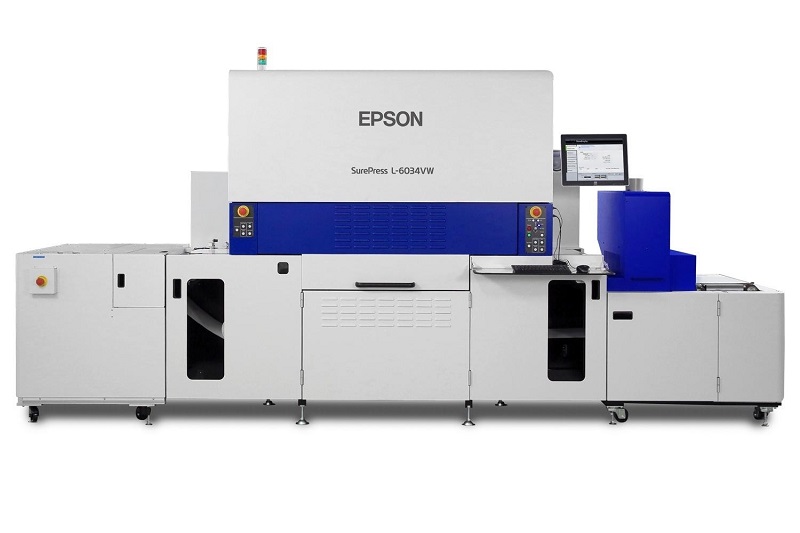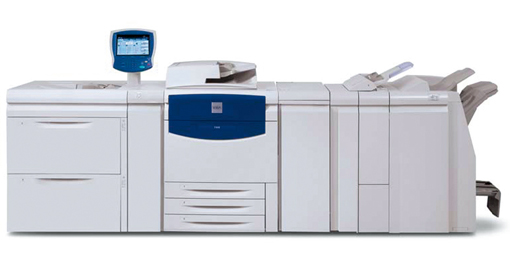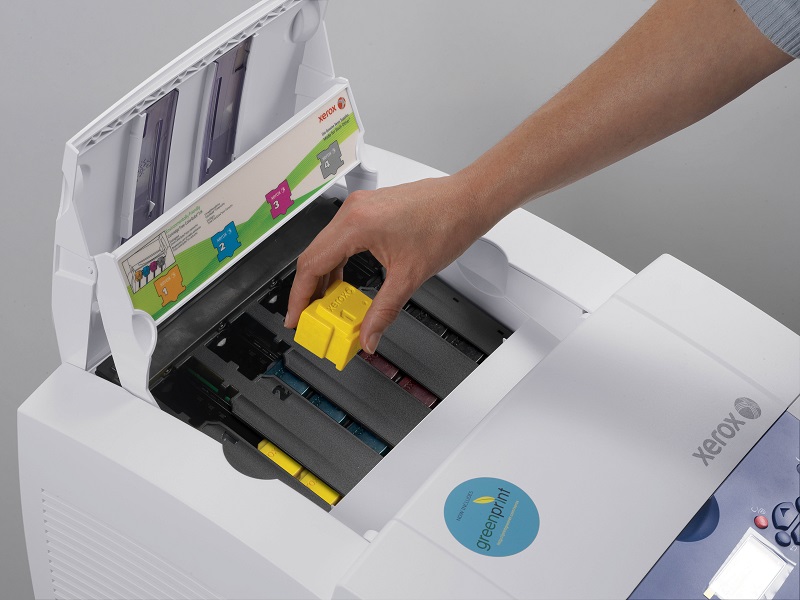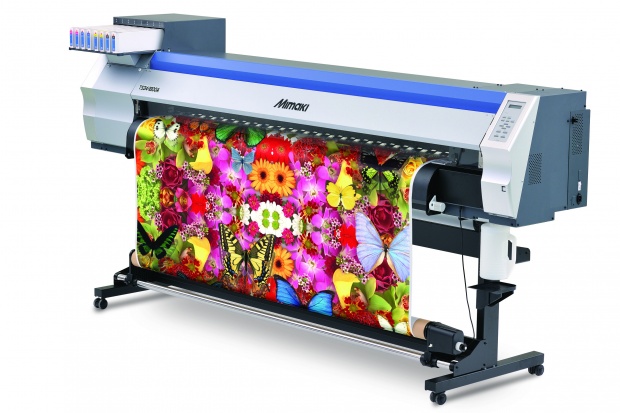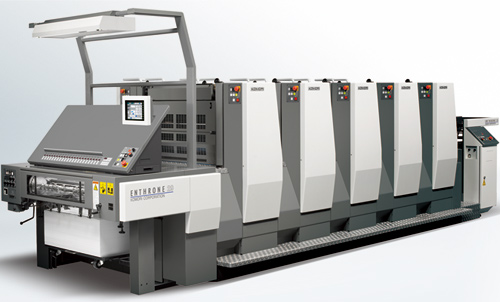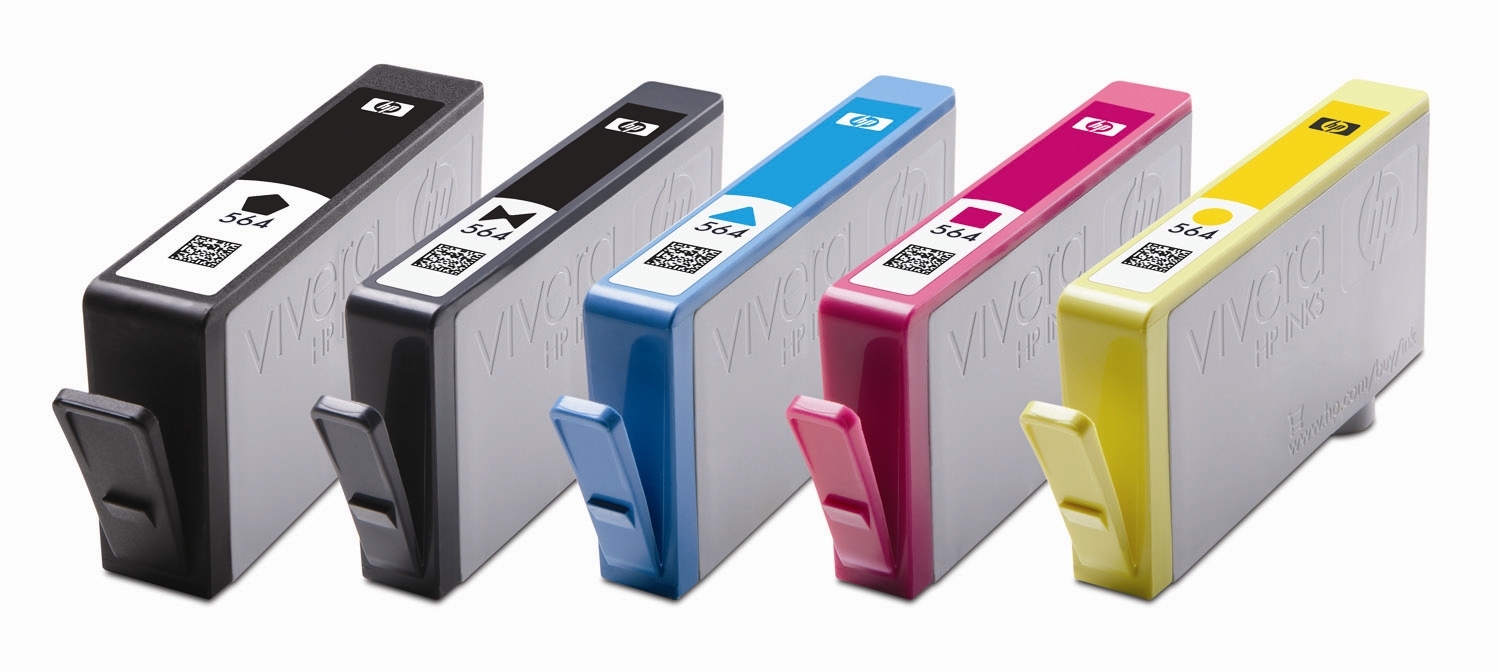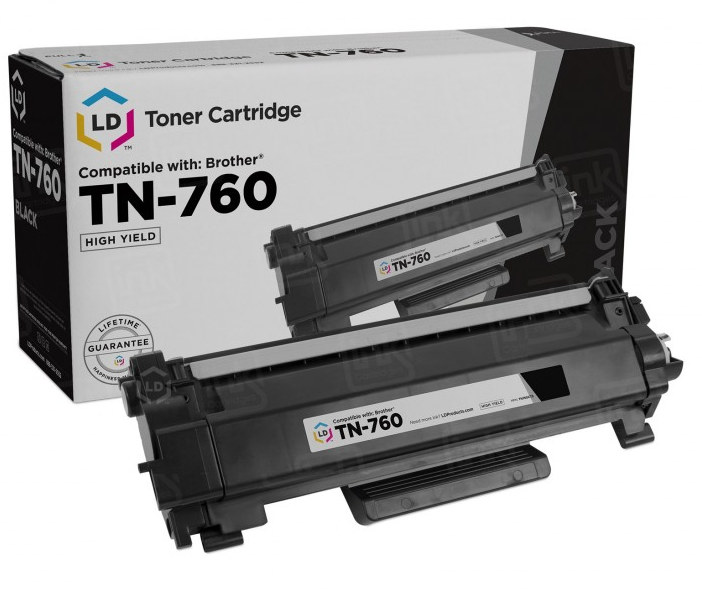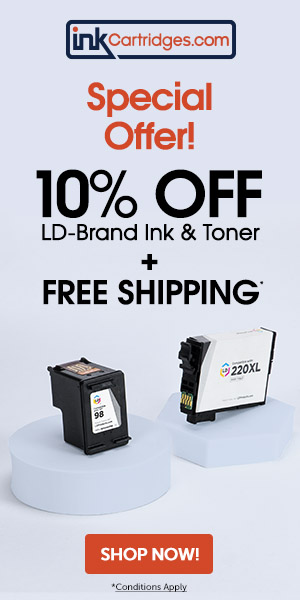Making the right ink choice for your design project is vital for getting the results you want, especially if you work in an office that’s on a tight budget. There are dozens of printers on the market designed for specific office needs, but many of them require expensive ink cartridges designed to suit their strengths. Shopping around and finding the best ink for your budget can help bring down your overall costs without sacrificing quality prints. For designers, finding the best ink for your next design project is a fine balance of artistic choice and practical decision making.
We know that navigating the different types of ink available can be exhausting. With this guide, we explain the different kinds of ink and toner on the market and define their uses so you can make an informed decision about what ink suits your needs best.
So how do you know which ink is best? Since ink is tied to a printing process, choosing the right ink also means choosing the right printing process. To better understand what ink type works best for you, let’s explore the different printing processes starting with the two most common (digital and offset).
Digital Printing: Printer and Ink Types
The digital printing process allows an image stored on a computer to be directly transmitted to an inkjet or laser printer. Some wide-format devices support large rolls of vinyl, paper or thin plastic to be used as the printing surface, while flatbed printers allow printing on a firm poster board, foam board or rigid plastics. Digital printing is great for projects with a short print run and offers a far quicker turnaround time compared to offset and allows for unique customization on each print job.
A. Inkjet Printers (uses: Ink)
Inkjet printers use a series of nozzles that spray tiny drops of ink directly on the print surface. Brands like Epson contain a piezo crystal inside the printer head, which forces ink out of the nozzle when prompted by a tiny electric charge. Thermal ink heads are used by manufacturers like Canon and Hewlett Packard. The thermal ink head process uses a heating element that vaporizes ink in the nozzle chamber, creating a gas bubble that expands and forces the ink out.
To be able to pass through the fine nozzle of an inkjet printer, these inks have low viscosity and contain tiny particles of either pigment or dye. Both are water-based or aqueous ink formulas, but each dries differently once it reaches the print surface. Let’s discuss the different ink types used by inkjet printers.
1. Dye-based Ink
How it works: Dye ink contains colorant that fully dissolves in superpure deionized water. Various optical compounds are added to increase color vibrancy and saturation. Ethylene glycol keeps the dye mixed in solution with the water and slows evaporation, while solvents help it dry faster once it hits the printing surface. The ink sprayed out of the printer nozzle is absorbed into the paper’s fibers. It can sometimes exhibit signs of fading or shifts in color after a prolonged period of time and exposure to direct sunlight. And since the dye particles are completely liquefied inside the cartridge, prints can still smudge when exposed to humidity or moisture.
Best for use with: Dye inks are best suited for everyday printing of documents, at-home photos, invitations and colorful business reports. Most inkjet printers on the market traditionally include dye based inks. They are appreciated for ability to produce vivid colors with extraordinary detail. But colors do tend to fade over time.
2. Pigment-based Ink
How it works: Pigment is a very fine color powder that’s suspended in liquid. Its particles form a continuous film as water evaporates during the drying process, and bond to edges within the printed surface, which adds to color stability and longevity.
Best for use with: Pigment-based ink works well for printing archival photographs or documents. It can last more than 200 years when used with some paper types under ideal conditions. Its drying properties make it a good choice for printing on non-porous or glossy substrates, including printing stickers and signs. It is also great for silk screening and professional photographs or art. Pigment ink tends to resist water and UV light better than dye-based ink. But it’s also often pricier, and lacks dye ink’s brightness and broad color range.
3. Solvent Ink
How it works: Aqueous inks are great for home or office settings, but their commercial uses are limited because they don’t dry fast enough. Some printers, looking for high-speed production, have instead turned to solvent-based or UV- curable inks. Solvent inks dry through rapid evaporation. They are pigment based, but unlike the aqueous formulas where colorant is mixed with liquid, they contain volatile organic compounds, or solvents.
Best for use with: Solvent ink produce rich vibrant colors and enable printing on flexible, uncoated vinyl surfaces. You will find that solvent inks are regularly used to produce vehicle graphics, billboards, banners or adhesive decals. They are also waterproof, durable and fade resistant, eliminating the need for special over-coatings. One of the drawbacks is the need for specialized ventilation of the printing area to avoid exposure to hazardous fumes, especially if using hard solvent inks. “Eco” inks are a nice alternative. Instead of petroleum as a solvent, they contain soy, which can be used in enclosed spaces without the need for specialized ventilation. They are also far easier to recycle than a petroleum based solvent!.
4. UV Ink
How it works: UV inks consist of acrylic monomers with a photo initiator, and unlike aqueous formulas, they don’t evaporate. Once it hits the print surface, the ink is exposed to strong UV light causing a chemical reaction that helps its components cross-link into a solid state. The colorants in UV cured inks can be dye- or pigment-based, but the latter is used more frequently because it’s more fade-resistant. Since the ink dries almost instantly you can print projects far quicker compared to printing with an aqueous based ink machine.
Best for use with: UV inkjet printers use ultraviolet light to cure the ink. They produce robust, quality prints that dry instantly, enabling overprinting or cutting and folding operations to be carried out immediately after printing. UV ink is commonly used for printing banners, large posters, or trade-show displays.
B. Laser Printers (uses: Toner)
Laser printers, during what’s called electro-photographic process, use dry ink (also known as Toner), static electricity and heat to place and bond the ink onto the paper.
How it works: Laser toner cartridges use dry toner powder to transfer images on paper. Toner contains pigment, but unlike aqueous ink formulas for inkjet printers, it’s mixed with dry plastic particles. Pigment provides the coloring, while melted plastic particles firmly fuse it onto the page.
Best for use with: Laser printers can print faster than inkjet printers, and are better suited for high-volume print jobs. They are most commonly used for black and white text but color laser printers are also available.
C. Solid Ink Printers (uses: Solid Ink)
Solid ink printers are very fast and offer vibrant colors. They produce images in a process similar to offset printing – the print head sprays melted ink onto a heated drum, which then transfers an image on paper. Solid ink is not stored in cartridges, but instead looks like a wide crayon.
How it works: Solid ink sticks contain a non-toxic, resin-based polymer. A common misconception about solid ink sticks is that you can’t write on the page due to the waxy nature of the ink. This is only partly true; for regular text based documents you can easily write on any page. Certain pens may have some trouble adhering to a page with a very high amount of color, the same as a standard laser printer. Xerox is the sole manufacturer of solid ink printers which have to warm up before printing and cool off before being moved.
Best for use with: Solid ink sticks won’t drip or smudge on your clothes. They also won’t dry out over long periods of inactivity. Ink sticks can be used on a wide range of media including graphic design, and are gentler on the environment as there are no cartridges to throw away. Xerox claims their ink sticks produce 90% less printing waste than a laser cartridge.
D. Dye-Sublimation Printers (uses: Dye-Sublimation Ink)
Dye-sublimation printers “infuse” the printing surface with ink to produce a continuous tone instead of laying down individual dots like everyday inkjet printers. The printhead heats up as it passes over a ribbon containing ink, causing the dyes to vaporize and permeate the surface of the paper before they return to solid form. Most dye-sublimation printing is done with specialized inkjet printers. The nozzles spray the “ink fluid” onto transfer paper. The fluid in the inkjet cartridge is considered the carrier of the dye because it migrates to the printing surface only when heat is applied to the transfer paper.
How it works: Dye-sublimation ink consists of a solid, heat-sensitive dye, which is suspended in liquid. Under heat and pressure, the solid dye particles change into gas, bond with any polymers present, and change back into a solid. As such, the dye particles can no longer be removed and will not wash out.
Best for use with: Dye-sublimation printers are best suited for creating high quality photographs but can also used for printing on promotional products like t-shirts, hats and mugs. Digital textile printing using dye sublimation inks is on the rise. Images on fabric won’t fade or crack even after multiple washings and images printed on hard surfaces will not chip, peel or scratch. Prints are dry and ready to handle as soon as they exit the printer.
Offset Printing
Offset printing enables an inked image on a printing plate to be printed on a rubber cylinder and then transferred to paper or other material. There are two types of offset printing: sheet-fed and web.
A. Sheet-fed offset printing presses run individual sheets, ranging from full size at about 28 x 40 inches, to half size and quarter size. They are generally used for business marketing printing.
B. Web-offset presses feed a large roll of paper, which goes through the press in a continuous length of paper. They are more cost-effective than sheet-fed for high volume printing of catalogs, newspaper inserts and magazines.
Web-offset printing can be coldset or heatset. Coldset offset process allows the ink to dry gradually through evaporation and absorption into the paper. It’s most commonly used on uncoated paper stocks like newsprint. Since the ink is not set immediately, there is always a little bit of residue that remains on the paper, like the black dust that might get on your hands if you hold a newspaper. Heatset inks dry when printed paper passes through an oven immediately after ink is applied.
Offset Ink (Solvent-based vs Quick-set Ink)
How it works: Solvent-based offset inks for heat-set web printing dry quickly. They emit a significantly greater amount of VOC as compared to coldset inks, so most heatset presses are also equipped with pollution control equipment such as a thermal oxidizer or after burner to destroy the high volumes of VOCs that are being emitted from these inks.
Sheetfed offset presses primarily use quick-set inks, consisting of a resin-oil-solvent mixture. Others combine super quick-set infrared inks, ultraviolet curing inks or electron beam curing ink with various radiation-curing devices.
Best for use with: Offset printing is still the gold standard when it comes to printing detail oriented, high volume products like catalogs, books, brochures and greeting cards. It is appreciated for its ability to produce consist high quality images on a mass scale but the print process can take longer and be more expensive than digital printing.
Ink-Buying Options
Making an informed choice about the type of ink you buy can be just as important to the budget minded designer. Design specific inks can be far more costlier than your average everyday inkjet so take the time to get familiar with all of your buying options.
Original Equipment Manufacturer (OEM) Cartridges
The most expensive ink choice. Consumers often think of a printer purchase as a one-time transaction, while printer manufacturers view it as a beginning of a buying relationship. Many sell the device at a loss in order to become consumer’s ink provider of choice for the foreseeable future. Printer companies frown on use of third-party made cartridges, claiming their ink is specially formulated for their machines. But the appearance of standard text and graphics is likely to be too similar to notice any difference. So if you’re not working on an art gallery exhibit, skip the branded stuff.
OEMs also say they’ll void device’s warranty if compatible cartridges use causes damage to the printer. However, the Magnuson-Moss Warranty Improvement Act deflects that claim, protecting the consumer and ensuring that a printer warranty cannot be voided if a compatible cartridge is used in one of their machines. No company, associate, salesperson, or service technician can deny service or a refund that would otherwise be covered under a warranty program simply because the customer used a compatible product.
Compatible Printer Cartridges
Think of them as the “off-brand” version of a genuine cartridge – are manufactured by third party companies and are designed to work in leading printers just as well as their branded counterparts. Compatibles go through a rigorous testing process before they are shipped and contain all new parts. They are reverse engineered to ensure no patents are violated and are often less expensive than the OEM (original equipment manufacturer) cartridge. Many are outfitted with smart chips just like the original so you can easily monitor ink levels.
Remanufactured Printer Cartridges
These cartridges are not brand new but work just as well as compatibles. Used cartridges are sent to a manufacturer who cleans them, replenishes the ink supply and replaces or repairs any broken components. Quality tests like the Standardized Test Methods Committee certification, are performed once the cartridge has been restored back to its original form to ensure optimum performance. They are less expensive because merchants that sell them are able to set their own prices as opposed to having to adhere to the prices established by companies such as HP and Epson.
We hope you found this introductory guide to be informative and can use it as a jumping off point for your next design project. With this newfound knowledge you can now take the next steps and invest in a particular printing style that fits in line with your artistic aspirations!
